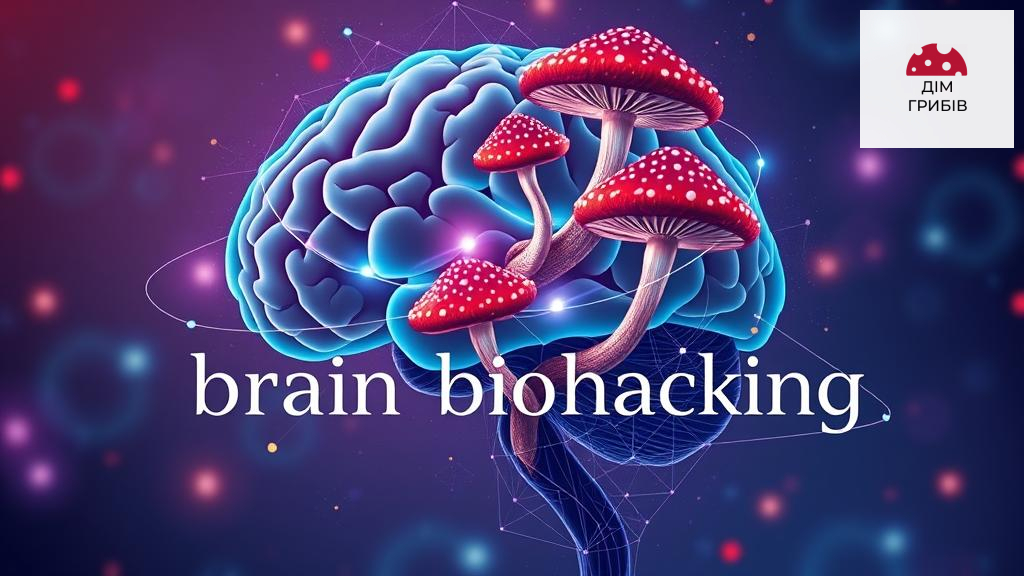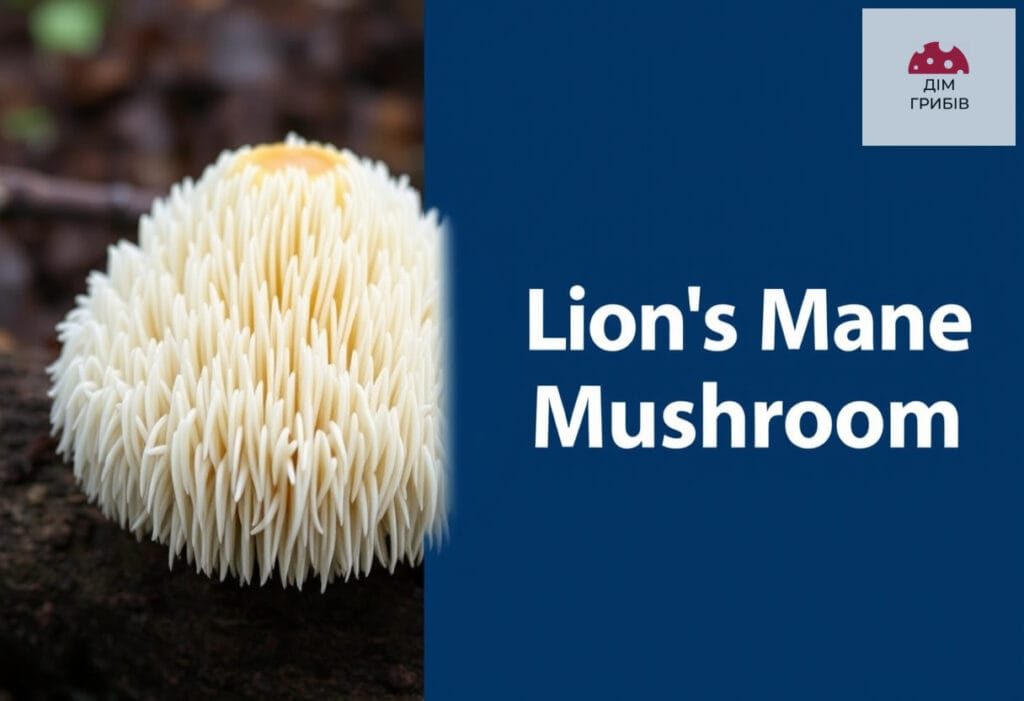Paul Stamets fly agarics: Paul Stamets reveals the scientific secrets of the medicinal properties of fly agarics

Introduction
Paul Stamets fly agarics are part of a complex topic that has attracted more and more attention in scientific circles and among a wide audience in recent years. Research into the medicinal properties of fly agarics is of high relevance, and modern approaches allow us to reconsider the potential of these mushrooms. In this article, we will take a detailed look at the contribution of the outstanding researcher Paul Stamets and the concept of Stamets fly agarics, which became an important step in the development of medicinal mycology.
The relevance of the topic is dictated by the growing interest in alternative treatment methods based on natural components. Modern science is actively searching for new therapeutic possibilities, using both traditional and innovative methods. Thanks to this, knowledge about natural substances is integrated into modern medical practice, creating a platform for the development of new drugs. The concept of Stamets fly agaric opens up prospects for further research in the field of biomedicine and can become the basis for the development of individual therapeutic regimens.
Paul Stametz: Biography and Scientific Legacy
The life path of a researcher
Starting with small field expeditions in the region of his birth, Paul Stametz quickly established himself as a researcher with a broad imagination and an unusual approach to the study of natural systems. In the early years of his career, he experimented with various methods of analyzing natural components, which allowed him to uncover a number of previously unknown aspects of the medicinal properties of mushrooms. His perseverance and creativity became the driving force in the development of the concept of the "Stametz fly agaric", which still arouses the interest of many researchers.
It should be noted that the researcher's life path was multifaceted - from field research to international conferences, where his work received recognition. Paul Stamets actively collaborated with scientific institutions both in Ukraine and abroad, which contributed to the dissemination of his ideas in the global scientific community.
Key works and concepts of "Stamets fly agaric"
The main publications of Pol. Stamets are focused on the study of the biochemical composition of mushrooms and their therapeutic effects. The concept of Stamets fly agaric, which integrates traditional knowledge with modern technologies, is the central theme of his scientific works. In his works, the researcher tried to reveal the synergistic effect of natural compounds, analyzing:
- Pharmacological potential of various components of mushrooms.
- Comparative analysis of natural extracts with traditional medicines.
- Innovative approaches to the use of natural substances in clinical practice.
The works of Pol Stamets have become classic examples of the integration of traditional knowledge with modern methodologies. Thanks to the research carried out, new pharmacodynamic characteristics were discovered, which contribute to further developments in the field of medicinal mycology. You can read more about the history of scientific research in our research history section.
Scientific heritage and its impact
Paul Stametz's legacy demonstrates how combining classical research methods with innovative approaches can open up new horizons in medicine. His methodology, which included:
- Application of modern biochemical methods;
- Molecular genetic analysis;
- Comprehensive pharmacokinetic analysis;
has allowed us to gain a clear understanding of the therapeutic potential of medicinal mushrooms. This experience is actively used in modern research and clinical trials, as evidenced by numerous works by modern researchers, among which the works of institutions such as the latest research in the field of biomedicine can be noted.
Scientific approaches and research methodology
Methodology for analyzing medicinal properties
Modern approaches to studying the medicinal properties of mushrooms, developed by Paul Stametz, are based on the integrated use of modern analytical techniques. The researcher used spectroscopy, chromatography, as well as molecular genetic methods to identify active components. Thanks to this approach, high accuracy of analysis was achieved, which allows assessing:
| Research method | Advantages | Application |
|---|---|---|
| Spectroscopy | High accuracy of molecular structure determination | Identification of active components |
| Chromatography | Separation of complex mixtures | Determination of substance concentration |
| Molecular genetic analysis | Detailed genetic characterization of components | Classification and identification of mushroom species |
The integration of methods has allowed for the creation of robust analysis protocols, opening up opportunities for expanding the applications of the obtained results in clinical practice. Supporting information on the methodology can be found in our dedicated section dedicated to scientific research methods.
Stages of the research process
The research process developed by Paul Stametz included clearly structured stages:
- Initial identification of samples and their pre-treatment.
- Analysis of biochemical composition using spectroscopy and chromatography.
- Molecular genetic study to identify components.
- Clinical analysis of the effect of natural extracts on the human body.
Each of these steps was supported by strict quality control, ensuring accurate and reproducible results. Such a systematic approach allowed researchers to gain a deep understanding of the relationship between biochemical components and therapeutic effects.
Practical application of concepts Stamets fly agaric
Clinical studies and results
One of the most important aspects of Paul Stametz's research was the application of the obtained results in clinical conditions. The results of laboratory tests confirm the positive effect of mushroom extracts on the immune system and the general metabolism of the body. The effectiveness of the methods was tested on numerous clinical groups with various diseases, which allowed adapting treatment protocols to the needs of specific patient groups.
Thanks to the introduction of these methods, modern medicine has received tools for the development of alternative therapies using natural components that contribute to the reduction of side effects compared to traditional drugs. Well-known clinical studies confirming these data can be viewed, in particular, in publications National Center for Biotechnology Information (NCBI).
Using natural components in therapy
The ideas underlying the concept of fly agaric stamets are actively used to develop new drugs. The practical use of natural extracts is marked by the following advantages:
- Reducing the number of side effects;
- Improving the functioning of the immune system;
- Possibility of a complex effect on metabolism.
Each of these aspects affects the overall effectiveness of treatment, allowing these mechanisms to be used to develop individual therapeutic regimens.
In addition to clinical studies, practical tests in laboratory conditions play a fundamental role, the results of which confirm the positive effect of natural extracts on various diseases. Learn more about the use of medicinal mushrooms in modern medicine.
Technological innovations in research
In recent years, modern technologies have significantly improved the capabilities of analyzing natural components. The use of modern information systems and databases allows:
- Analyze large amounts of data on the biochemical composition of extracts;
- Determine optimal modes of exploitation of natural substances;
- Integrate research findings with clinical trial data to create more effective therapeutic regimens.
Innovative approaches to data analysis contribute to the development of new, more effective drugs that take into account the individual needs of patients. The use of these technologies allows to reduce the time for the development of research projects and accelerate their implementation into clinical practice.
Modern technologies also allow for the integration of research data from international health standards, which contributes to the harmonization of treatment approaches at the global level.
Prospects for further research
The scientific community is already confidently demonstrating the potential of the Stamets fly agaric concept for developing effective treatments. Further research is focused on improving the analysis methods of active components, detailed classification of mushroom extracts, and development of optimal therapeutic regimens.
In the future, the main areas of research are:
- Further analysis of the molecular mechanisms of action of natural extracts;
- Study of the interaction of active components with cell receptors;
- Developing combined therapeutic strategies that integrate alternative treatments with traditional approaches.
Integrating data obtained through concepts of the fly agaric stamen will allow to expand the horizon of possibilities of modern medicine. Thanks to the constant exchange of experience between international scientific teams, such studies can become the basis for the development of completely new treatment methods based on natural components.
Interdisciplinary approach
Modern researchers are increasingly using an interdisciplinary approach, integrating knowledge of biochemistry, genetics, pharmacology and information technology. This approach allows not only to reproduce the results of previous studies, but also to create a holistic analysis system that covers all aspects of the impact of natural extracts on the human body.
Support for international scientific organizations such as NCBI, is evidence of the high quality of the methodology used by the researcher. Modern projects actively integrate data from different countries, which contributes to the formation of a global knowledge base in the field of medicinal mycology.
Conclusions and prospects for further research
Summing up the research results, we can confidently say that Paul Stametz's contribution to the study of the medicinal properties of fly agarics is undeniable. Modern science recognizes the significant potential that the Stametz fly agaric concept has for the development of alternative treatment methods. A careful analysis of experimental data confirms that natural mushroom extracts can influence numerous biochemical processes, contributing to the harmonization of the body's work.
Further research focused on the implementation of innovative technologies and the development of new methods will open up even more opportunities for the practical application of the knowledge gained. An interdisciplinary approach that combines traditional methods with modern technologies is the key to success in the therapeutic practice of the future.
New databases, digital analysis tools and international collaborations are bringing us closer to developing effective and safe medicines based on natural components. The concepts of the fly agaric are becoming a catalyst for innovation in biomedicine, opening new horizons for the development of individual therapeutic regimens.
In light of current trends in the implementation of natural treatment methods, further research in the field of medicinal mycology will contribute to expanding the boundaries of traditional and alternative medicine, which will positively affect the health of the population and the quality of life of millions of people.
Also read interesting articles on our blog:
Medicinal Mushrooms: Mycologist Paul Stamets Reveals the Scientific Secrets of Healing Research
Microdosing of fly agarics: Mykhailo Vishnevsky opens new horizons of scientific analysis
Mykhailo Vishnevsky reveals secrets: what fly agarics treat











